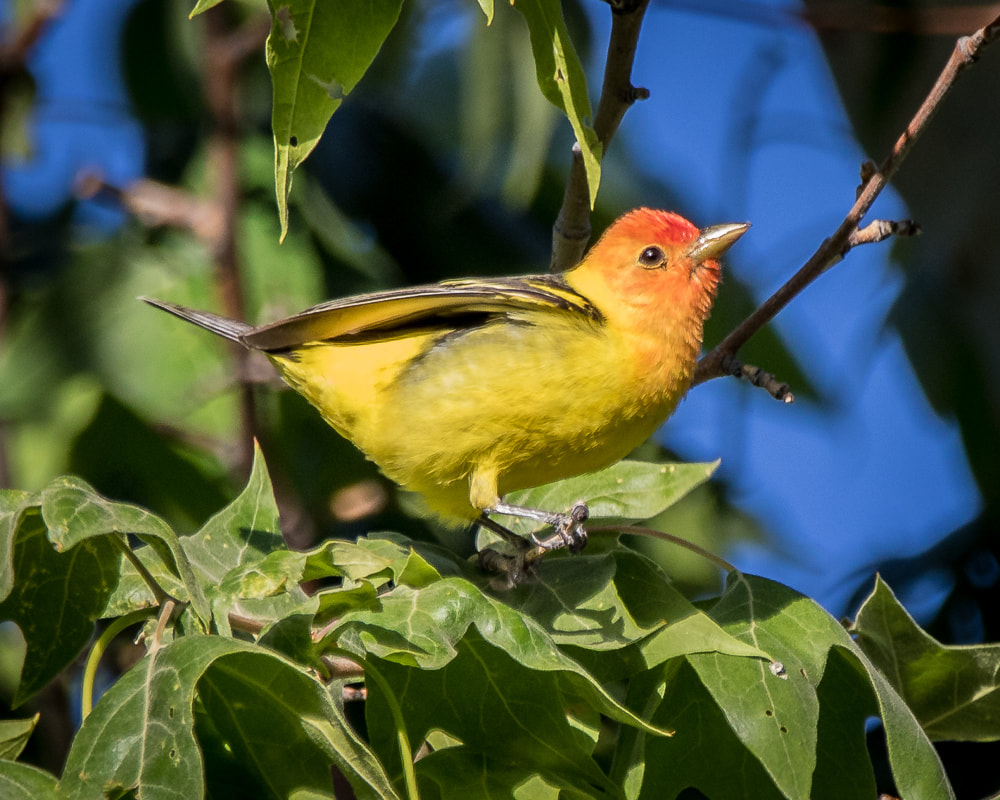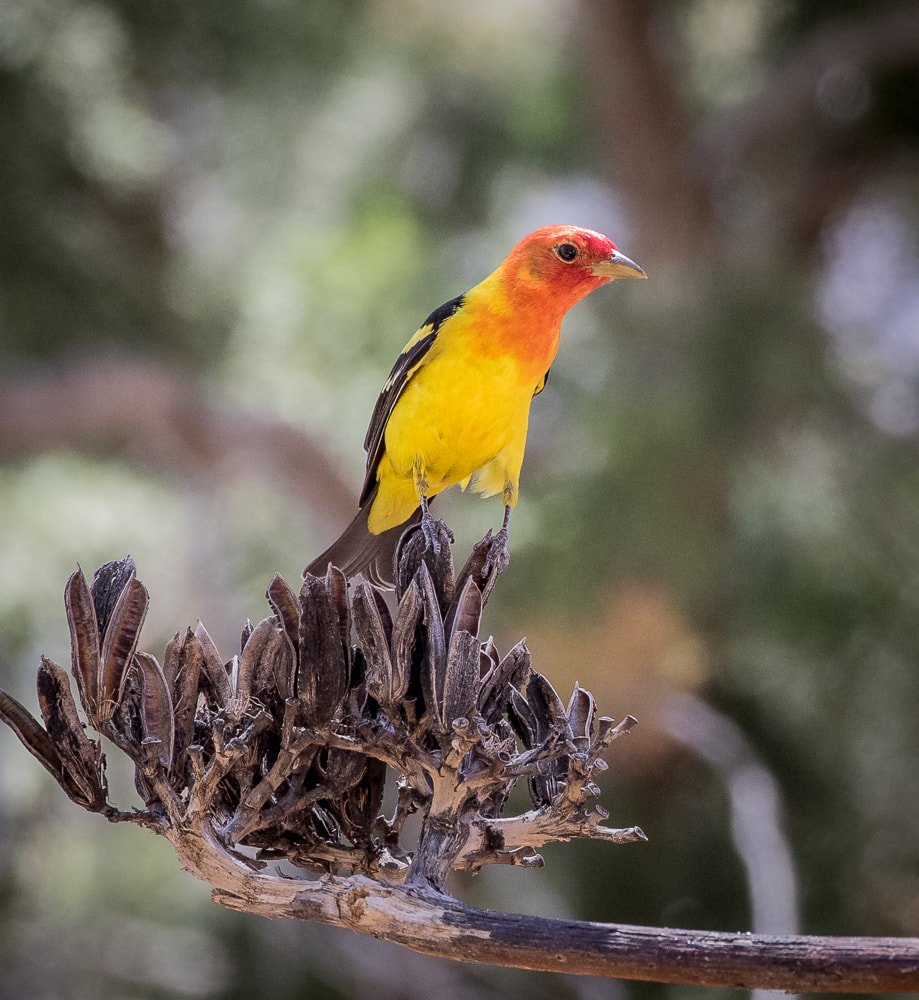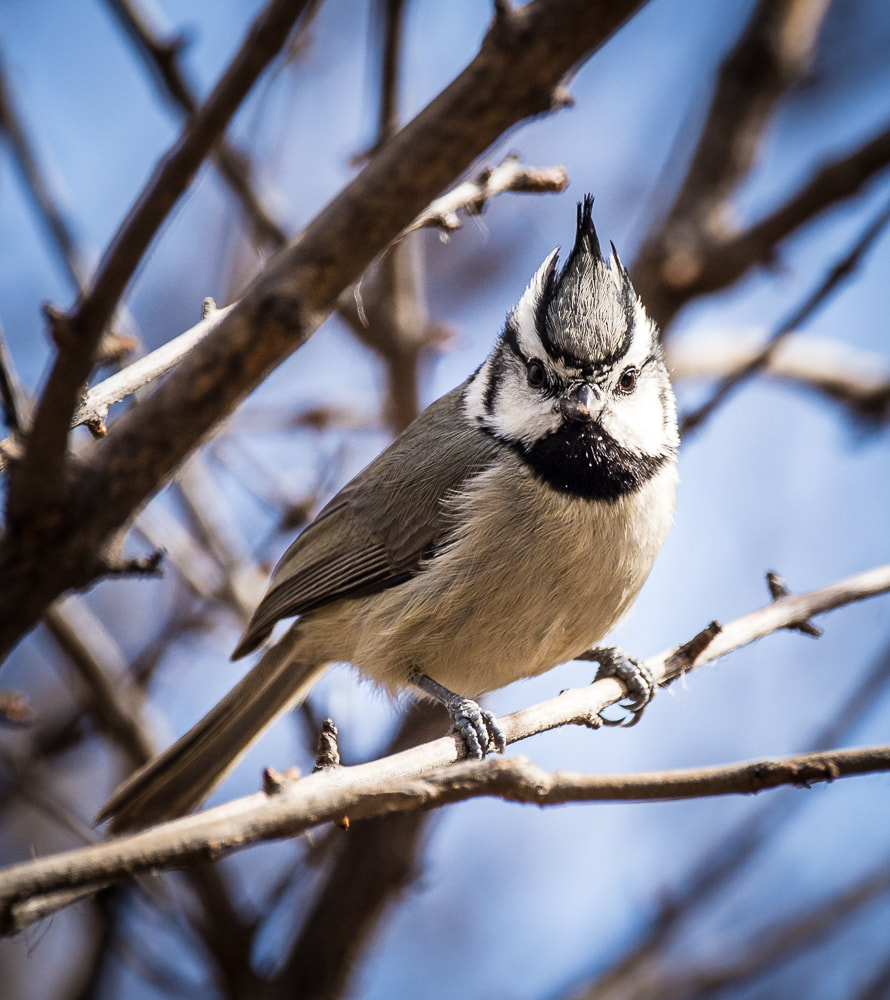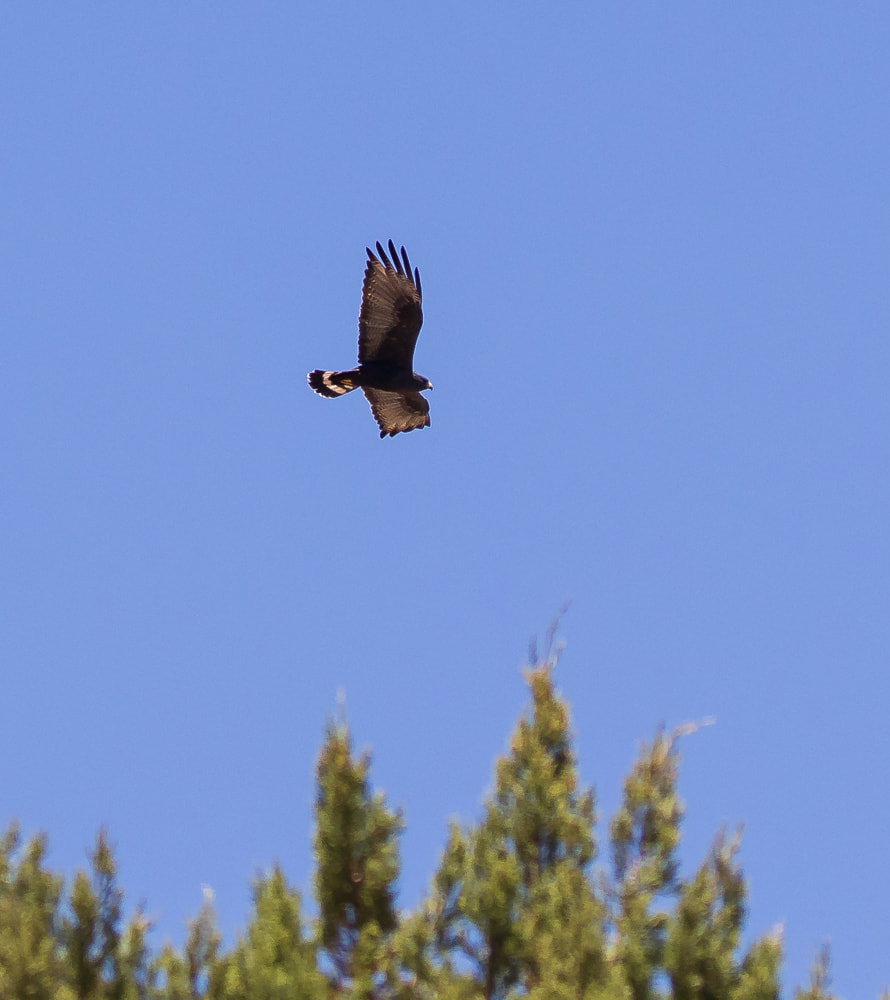|
Zone-tailed Hawk over Paradise, Arizona, April 26, 2021 At last, the 4th and final installment of my Cave Creek 2021 post! As we prepared to leave Cave Creek Canyon, we stopped by the post office on S. Rock House Road (map below) to look for birds. This is a great spot for walking and birding. Be careful to respect private property, there are homes on both sides of the road. The image below is of the Portal Post Office. Someone apparently shoots hoops in the parking lot to the right! Inca DoveThis Inca Dove was spotted on S. Rock House Road across from the Portal Peak Lodge, Store and Cafe, right by the parking area. Inca Doves are small and slender birds with a long, square-tipped tail and a small head. This bird has his/her feathers fluffed up, making it appear bigger than it really is. The species has a thin and slightly drooping bill (which we see above) and short legs (not so evident here!). The Inca Dove is the color of desert sand, with tan feathers edged in dark brown, creating a scaly pattern over the entire body. The underparts and face are paler than the back. The underwings are a rich chestnut, and the outer tail feathers white, generally seen in flight, but fortunately seen in this perched bird in the morning sun. Inca Doves live year round in Central America, Mexico, and the southern portions of Arizona, New Mexico, and Texas. (Reference, All About Birds). Western TanagerWestern Tanagers are members of the Cardinal family. They winter in Mexico and Central America, and breed from the Rocky Mountains west to the Pacific Coast, and north into Canada and all the way up to Alaska. SE Arizona is in the very southern portion of their breeding range. Males are bright yellow with an orange-red head and black wings, back and tail. Females are a somewhat more muted yellow-green and black. They live in open woods and eat predominantly insects, especially during breeding season, but are able to shift to fruit in fall and winter. Most red birds get their redness from dietary plant pigments known as carotenoids, however the Western Tanager gets its scarlet from a rare pigment called rhodoxanthin, also acquired in the diet probably from insects. They nest in trees. The female builds the nest, but the male is attentive throughout the breeding cycle sometimes feeding her and sharing the responsibility for chasing away intruders. All images shown here are males, the one above captured near the post office on April 26, 2021. The image below was captured in Portal in May of 2016, and the last in Portal May 2018. They rarely come to seed feeders, but are attracted to running water and fruit. Summer TanagerAlong S. Rock House Road I was able to capture this male Summer Tanager high in a tree. The image above is the best of the lot. The male Summer Tanager is described as totally red, but photographs show dark markings on the wing feathers, which we can see in the picture above. The female is mustard-yellow. They winter in southern Mexico, Central, and South America, and breed in southern Arizona and east all the way to Florida, and as far north as Virginia and west to southern Illinois and Missouri. Summer Tanagers feed on bees and wasps on both their breeding and wintering ranges, which they can catch and eat without getting stung. They also eat other insects, in the air or on the ground, as well as fruits such as mulberries, blackberries, pokeweed, Cecropia, citrus, and bananas. Given that this male was spotted on April 26th, it is likely he and his mate have a nest nearby. Paradise and the George Walker HouseParadise is a small (~12 year round residents) town high on the eastern side of the Chiracahuas 6 miles uphill from Portal. The town was founded in 1901 when the Chiracahua Development Company located a vein of ore and started mining. A post office was quickly established and as the mine developed, the town grew, at one time boasting a general store, saloons, a jail and a hotel. When the mine petered out, the town did also, losing the post office in 1943. In 2021 a few residents remain, including the owners of the historic George Walker House, which is rented as a B and B. The adjacent owner's home has an excellent yard for feeders, open to the public, with the usual ask of a donation for bird food. On the 26th of April we enjoyed their yard feeders, and captured a life bird for me, a Juniper Titmouse, as well as a Zone-tailed Hawk who flew overhead just as we were about to leave. Bridled TitmouseIn all honesty, this post is centered on the Juniper Titmouse, but I want to lead with the more common Bridled Titmouse for comparison. The Bridled Titmouse is in the same family as Chickadees (Chickadees and Titmice). Bridled Titmice live year round in northern Mexico, SE Arizona and western New Mexico. They are common in the lower canyons of the Arizona Mountains, moving in small flocks and chattering in the oaks as they search for insects. The first photograph, above, was captured in Madera Canyon in March of 2018. The photograph directly below captured in Portal in January of 2016. They are small birds with a distinctive crest and face markings that are easier to illustrate with photographs than describe. The image above was captured at the George Walker house on April 26th, the photograph below at Cave Creek Ranch on April 24th. Bridled Titmice eat insects and seeds. The dietary option of eating seeds in addition to insects likely explains their ability to live year round in areas where the insect population varies with season. Note that Cave Creek Ranch puts out meal worms, likely one of this species' favorites. Juniper TitmouseThe Juniper Titmouse is similar to the Bridled Titmouse in shape, but is plain gray bird with a prominent black eye. They live in pinyon-juniper woodlands of the interior West, as shown on the range map below (Reference/credit: Birds of the World). They are very similar to the Oak Titmouse and were previously considered the same species, the Plain Titmouse, but they live in different habitats (Birds of the World). We can see from the map that Juniper Titmice live year round in northern Arizona, New Mexico, sections of Utah and Colorado, as well as Nevada. They are scarce for the Chiracahua's, and it is interesting that we spotted them only at the slightly higher elevation of Paradise. All photographs here captured at the George Walker House on April 26th. Zone-tailed HawkAs we were about to leave the George Walker House, our friend and birding buddy Jim Herde spotted a Zone-tailed Hawk overhead. We raced to the parking area and I was able to track this raptor and get these images. Zone -tailed Hawks are medium sized raptors with a black shoulder and white wing underparts that make them similar in appearance to Turkey Vultures. However, the Zone-tailed Hawk has a dark border on the trailing edge of the flight feathers, yellow legs, and white bands on the tail. To confuse matters further, the Zone-tailed Hawk will mimic the rocking motion of Turkey Vultures, and often will fly with them in the same kettle. It has been suggested that this mimicry is not coincidental but an intentional ploy on the part of the Zone-tailed Hawk to lull prey into thinking they are the relatively harmless Turkey Vulture. We can see the characteristic wing and tail markings in the images that follow. Zone-tailed Hawks winter in southern Mexico and Central America and migrate north each spring to breed in northern Mexico, southern Texas, Arizona, and New Mexico. That's it for Portal! I hope you have enjoyed this series.
Happy Trails!
4 Comments
|
AuthorHenry Johnson, photographer and author of this site. For more detail, see About
Categories
All
Archives
July 2024
|





























 RSS Feed
RSS Feed